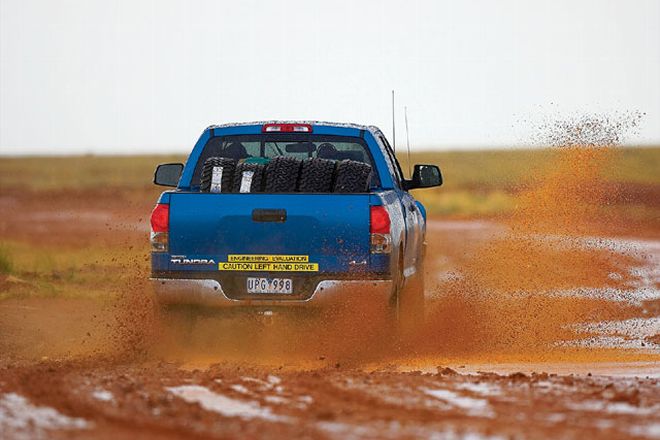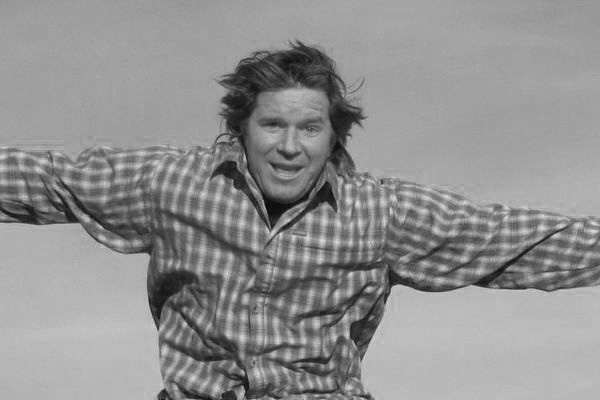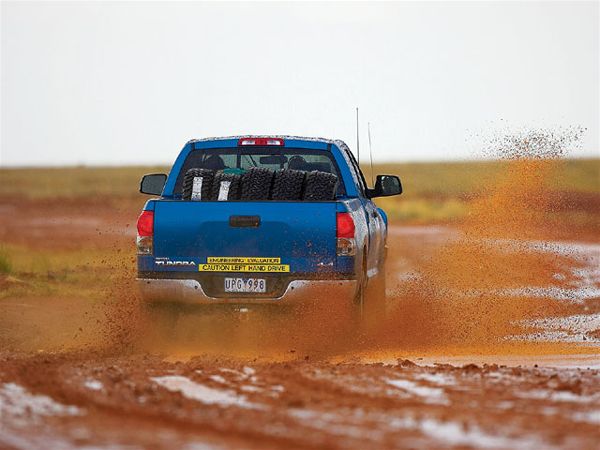
 Fred Williams
Brand Manager, Petersen’s 4Wheel & Off Road
Photographers:
Offroadimages.com.au
Fred Williams
Brand Manager, Petersen’s 4Wheel & Off Road
Photographers:
Offroadimages.com.au

Toyota Tundras have long had delusions of grandeur, until now that is. Previously they had a V-8 and were bigger than the mini-truck Tacoma, so Toyota called them a fullsize truck. Unfortunately, every-body else's fullsize was, well, much fuller, and though the Tundra was a quality product it was not quite up for the fight in the 1/2-ton market. Lately things have definitely changed with the new '07 Tundra. Toyota has stuffed a man-sized 5.7L V-8 under the hood with 400 lb-ft of torque, a six-speed automatic transmission underneath, and bolted a true fullsize body on top. On top of that, in the rear of this new heavy hauler resides an axle comparable to the rest of the market's 3/4- and 1-ton trucks.
We recently returned from a trip to Australia with ARB, and while there we got to work with some of the engineers who were examining the Tundra rear axle for a future Air Locker. We took the opportunity to tear into this big rear end and see if the guts are as burly as the package, and we were happy to find they are. This axle had us brainstorming about some creative new applications for custom housings and big drop-out-style third members.







